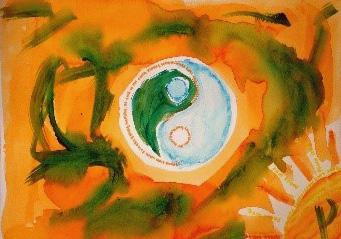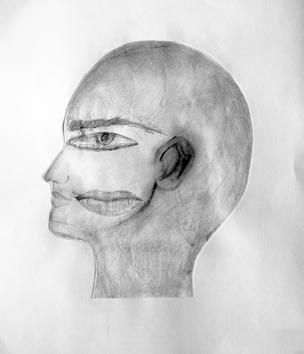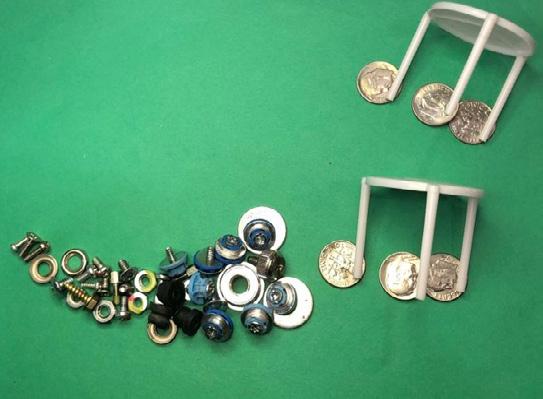
3 minute read
Giving Voice to Women, in the Bible and Today Naomi Scholder
The Torah of Rochelle Zell
Giving Voice to Women’s Experiences, in the Bible and the Present Day Naomi Scholder, RZJHS 2021
Growing up attending a Conservative The midrashim on Lilith come to explain the change day school and synagogue, I saw womfrom Genesis 1, with humans created equally and sien’s inclusion in prayer as normal. My multaneously, to Genesis 2, with man created before grandparents, on the other hand, bewoman and subsequently woman created from man to long to an Orthodox synagogue that be his helper. Judith Plaskow reworks this midrash as my family and I would sometimes atfollows. Originally, God created man and his first wife tend. When we would go for Shabbat or the holidays, Lilith to be equal, but she grew sick of Adam treating I never thought to question why there was a mechitza, her as his servant, so she decides to leave him and the why women could not lead serGarden of Eden. vices or read Torah. While as a child I would think about the divide between womThe change that has occurred from my grandparents’ generation to mine, both in Judaism and in every day Adam then complains to God that he has no companion and so God creates another wife for en and men’s participation in life, shows how persistence can help him, Eve. This time Eve is creprayer, I have now come to unto overturn the inequality described ated from Adam’s side so that derstand that the distinction in Genesis 2 and restore our world she will be subservient to him. between men and women in our religion roots back to the beginning of Torah. to what once existed, when God simultaneously created male and female. Though, at first, Adam and Eve’s relationship is good, Adam’s connection to God soon became greater than the one with Genesis Chapter 1 tells the stohis wife. ry of the creation of the first humans: Adam and Eve. Based on the grammatical strangeMoreover, Lilith, Adam’s first wife, continuously tries ness of the Hebrew verse that describes the creation of to re-enter the Garden, leading Adam to worry that humanity in Genesis 1, midrashim have imagined the she might influence Eve to reject her role as Adam’s first human created by God was an androgynous being, helper. So, he tries to strengthen the Garden walls. a creation with both male and female characteristics, However, despite his best efforts, Lilith breaches the that was then split into two distinct people, each with Garden walls and Eve, getting a glimpse of a powerone gender: male and female. Genesis 1:27 reads “vayful woman who looked similar to her, grows curious ivra elohim et ha’adam b’tzalmo, b’tzelem elohim bara to discover who this creature is. Eve decides to climb oto, zachar v’nekevah bara otam. God created humanity over the Garden, obtaining “forbidden knowledge” as in God’s image; in the image of God, God created him. she converses with Lilith. Male and female he created them.” This androgynous being is then split into Adam and the male-dominated narrative of Genesis 1-3. If we are Adam’s first wife, Lilith. As Torah scholar Judy Klitsto re-read the first three chapters with this lens, it proner notes in her book Subversive Sequels in the Bible, vides a new role for women role in the Torah. Lilith reoriginally man and woman were created equal in every minds us that before Eve, men and women were supway. “God directly commands and blesses both male posed to be equal. But men were not comfortable with and female of the species, addressing them equally in female equality. Moreover, Lilith helps us understand the plural”. However, in Genesis 2, God seems to start that Eve’s reaching for the tree of knowledge was reachover. In His second creation of humans, man is created ing for knowledge that was deliberately banished from again and alone, with woman later emerging from his her: the knowledge of female equality. side. So, where did the first woman, created equal to Through this midrashic story of Lilith, we can redefine man, go? See Scholder, page 28









